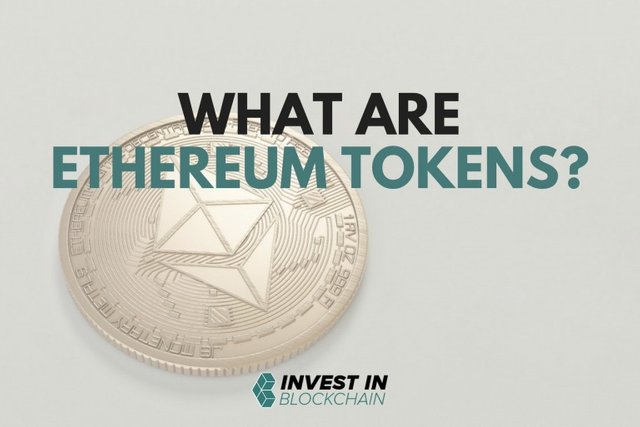What Are Ethereum Tokens? ERC-20, ERC-223, ERC-721, And ERC-777 Tokens Explained

Tokens? ERC-20, ERC-223, ERC-721, And ERC-777 Tokens Explained
2 days ago By Daniel Frumkin 0
As if understanding Bitcoin wasn’t difficult enough, Ethereum adds a whole new level of complexity to the equation. Even if you have a solid technical background, it’s going to take some time and independent research before everything makes sense – unless you’re a genius, anyway.
With that being said, a basic understand of how Ethereum works can actually make it simpler to understand cryptocurrencies in general. You see, Ethereum is a decentralized platform upon which smart contracts can be written (in the Solidity programming language) and executed. It is the base layer that supports hundreds of decentralized applications (dApps).
Whenever a new application for blockchain technology and smart contracts is developed on top of Ethereum, a new Ethereum token can be created. The simplifying aspect of this process is that Ethereum has set standards for tokenization. Different types of applications will be tokenized according to different standards, depending on what the application is meant to do.
As a result of these standards, it is much more straightforward for smart contracts and tokens to interact and, therefore, for developers to create dapps on Ethereum. The common analogy you’ll hear to explain this benefit is that Ethereum is like the iOS or Android for dapps – an operating system that supports the applications and makes them much easier to build.
The most common standard for Ethereum tokens is currently the ERC-20 standard, but there are also ERC-223, ERC-721, and ERC-777 standards. In this article, we will explain each standard and how it is being used in the decentralized ecosystem.